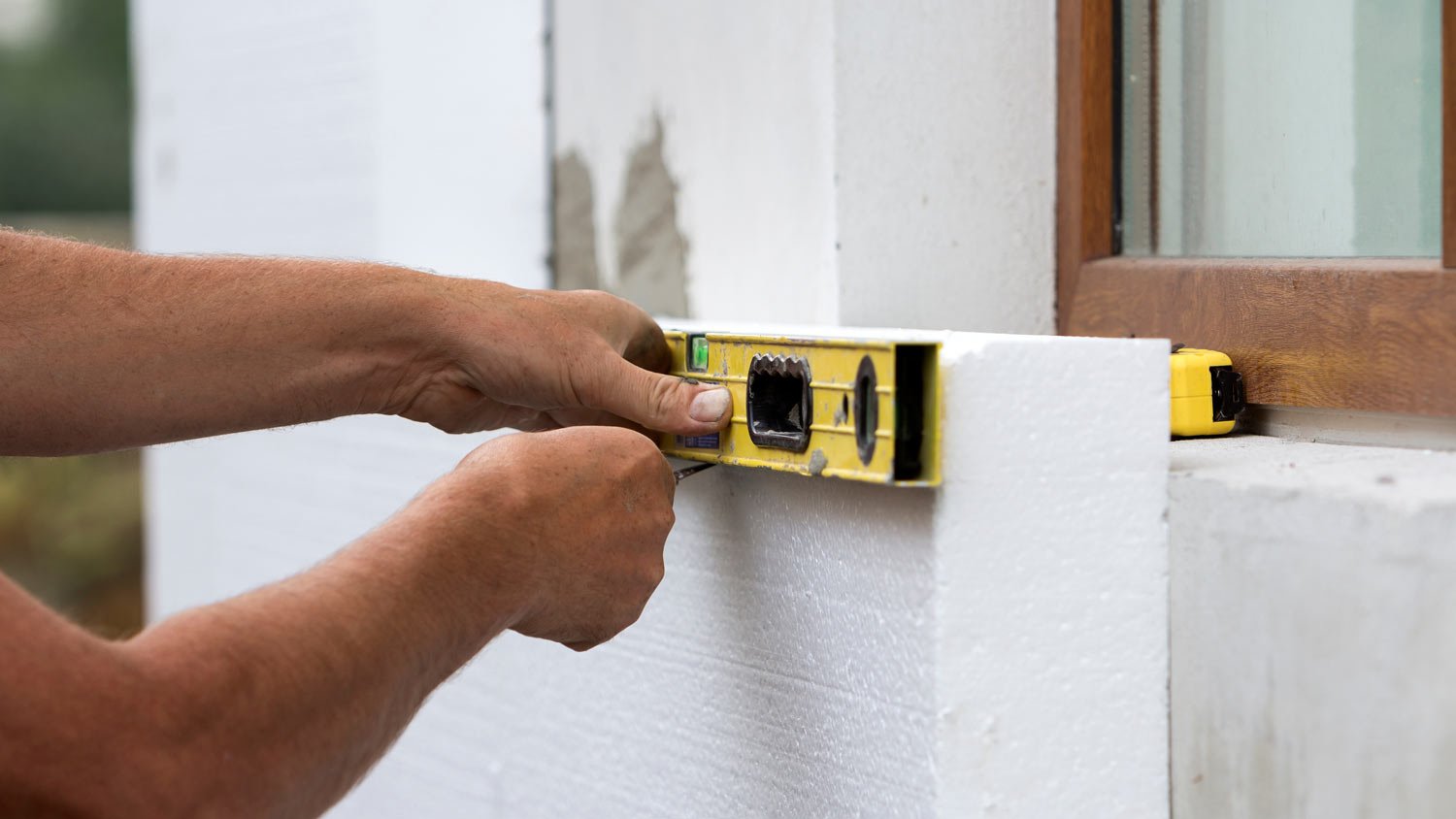
Insulating your attic can massively improve your home’s efficiency and reduce electric bills. Use this guide to find out what attic insulation will cost you.
Get board to improve the comfort of your home


Are drafts making your home uncomfortable in the winter? Or is it too hot and humid in the summer? Adding insulation can improve your home's comfort level year-round while helping you save on heating and cooling bills. Learn how to install foam board insulation to make your home comfy and cozy throughout the year.

Before you get started on your insulation project, you'll want to answer a few questions, such as: Is foam board insulation the right choice? And how much insulation will you need?
Foam board insulation is ideal for areas where other types of insulation, such as batt or blown-in insulation, are not available. It's a good choice for basement areas with concrete walls, but it can also be used in any place where batt or blown-in insulation could be used.
When picking out your insulation, pay close attention to the R-value, which determines how well the material insulates. Cooler areas need a higher R-value. Keep in mind that foam board insulation may not have the R-value you need based on your location.
Finally, remember to measure twice and confirm that you're buying the appropriate amount of insulation. You can always buy more if you don't have enough, but running out mid-project is not ideal.
Correctly installing insulation can be difficult. Health and safety risks are involved; therefore, we highly recommend contacting a pro to ensure the job is completed safely and correctly.
Once you've picked out the right type of foam board insulation, it's time to start installing it. Follow these steps to make your home warmer in the winter and cooler in the summer.
Determine what size boards you'll need for your walls. Foam board insulation often comes in 4-by-8-foot boards, meaning you'll most likely need to cut them lengthwise if your home has 8-foot ceilings.
Measure the space between the wall studs to determine the width of the insulation. For example, if your studs are 24 inches apart, you'll need boards that measure 21 inches wide.
Cut the boards using a circular saw or a sharp utility knife. Use a straight edge to guide the blade to ensure a straight line.
To attach the boards to the wall, apply a layer of construction adhesive to the back. A caulk gun will help you apply the adhesive smoothly and evenly.

How you attach the boards to the walls depends on the wall type. If you're installing the insulation in the basement, on a concrete block wall, you'll first need to attach furring strips to the walls, then attach the boards to those strips.
The strips leave a gap between the concrete and the insulation, which is critical for preventing moisture build-up on the boards.
If you're attaching the boards to a wooden wall, you can attach them directly to the surface.
Use a level to ensure the boards are even, then smooth your hands along their surface to firmly attach them.
If you need to stack foam board insulation panels next to each other or vertically on top of each other, you'll also need to seal the joints between the panels.
Cut a piece of sealing tape to match the length of the panels, then smooth it between the two, creating a tight seal. Repeat with the remaining panels on the wall.
Looks can be deceiving. Installing foam board insulation can seem like a simple, straightforward project until you get started.
If you've never done any sort of insulation work before or find yourself scratching your head about the right type of insulation to buy or the R-value you'll need, your best bet is to work with a professional insulation company near you. A pro installer can help you pick the right material and ensure that the project is completed the right way the first time.
From average costs to expert advice, get all the answers you need to get your job done.

Insulating your attic can massively improve your home’s efficiency and reduce electric bills. Use this guide to find out what attic insulation will cost you.

Discover roof insulation costs, including average prices, key cost factors, and expert tips to help you budget and save on your next project.

How much does a radiant barrier cost? Our guide breaks down prices by type of barrier and size of your attic space.

Knowing how to calculate the R-value of insulation and other materials is essential for determining whether you have too little or too much of it.

Weigh the pros and cons of spray foam insulation before choosing an insulation to keep your home comfortable.

Spray foam insulation versus fiberglass—how do you choose? Compare the cost, durability, R-value, and more to pick the right one.